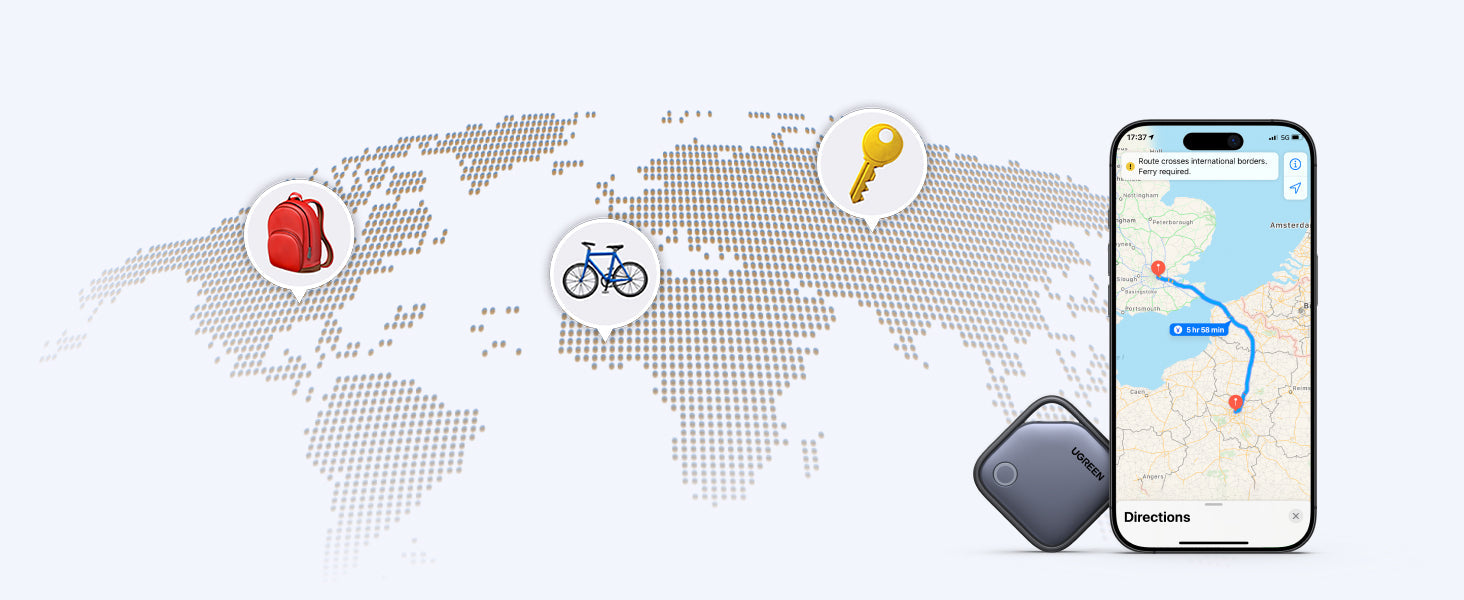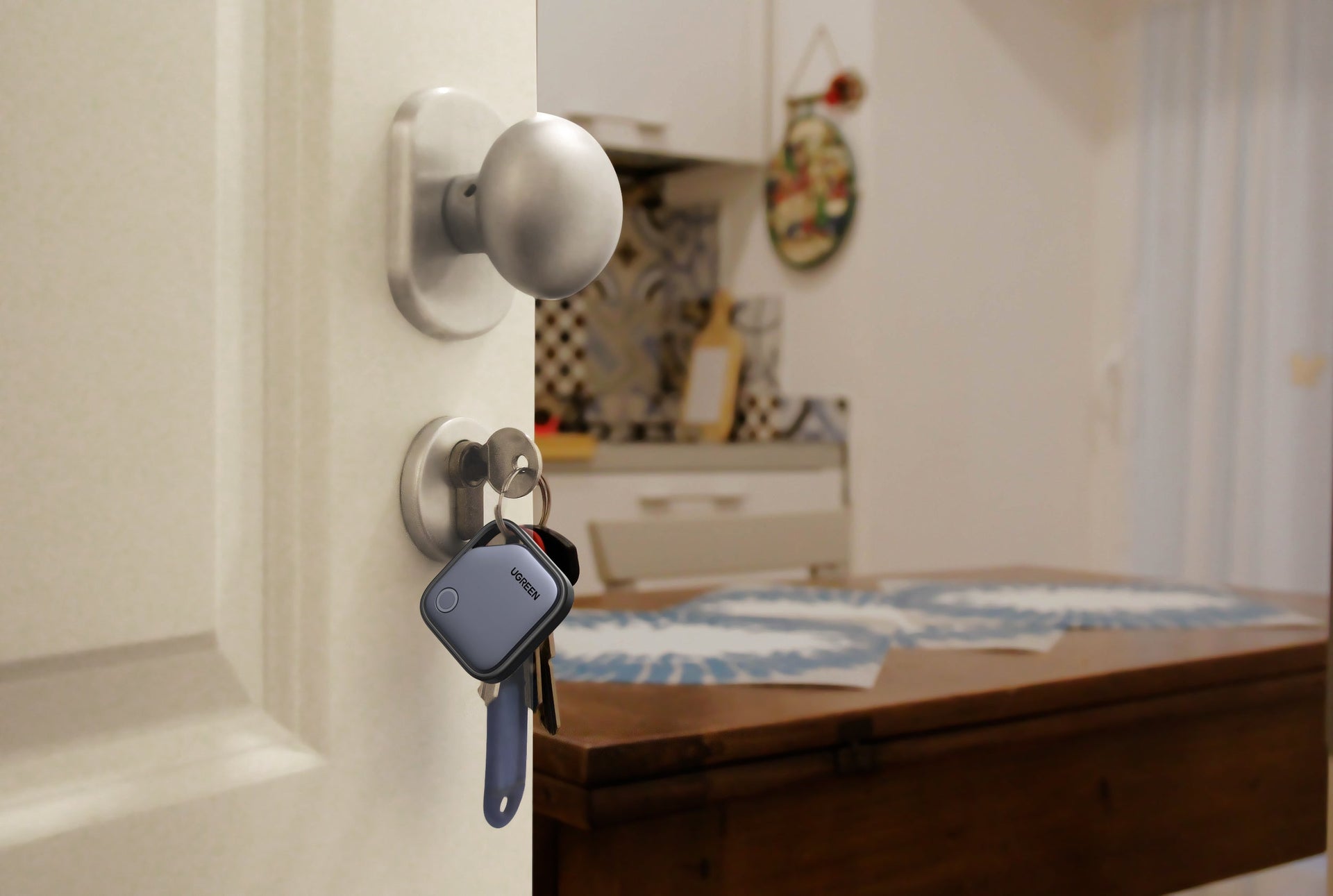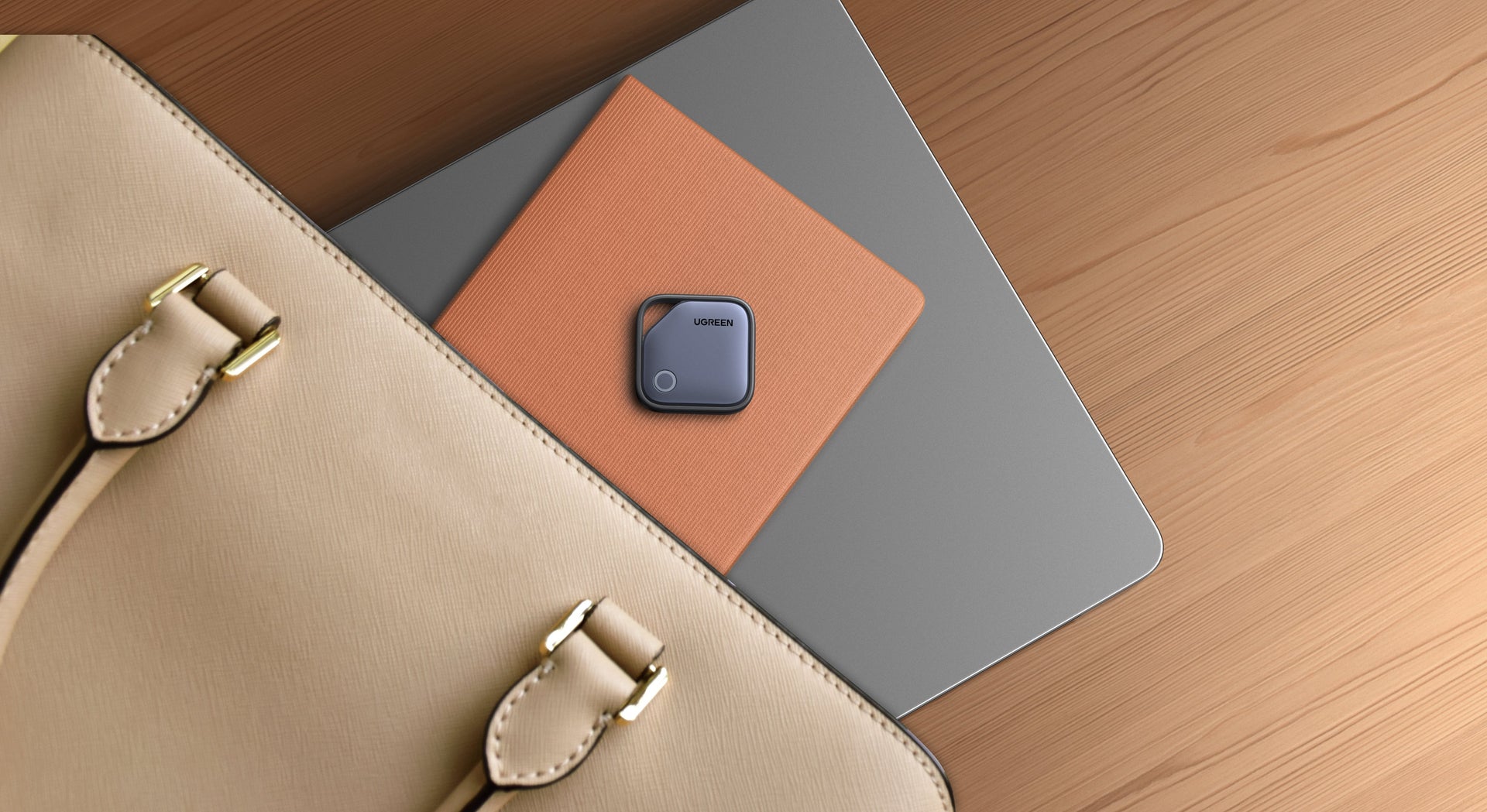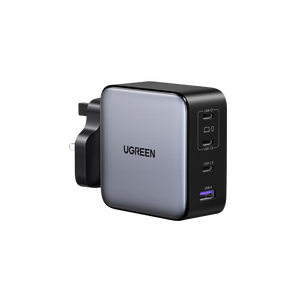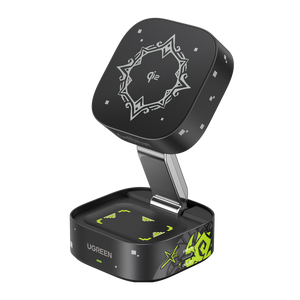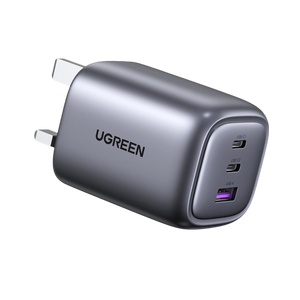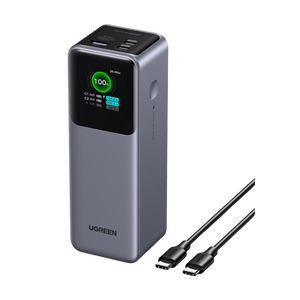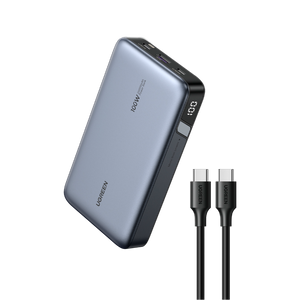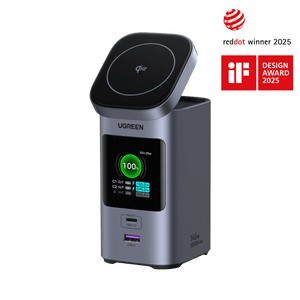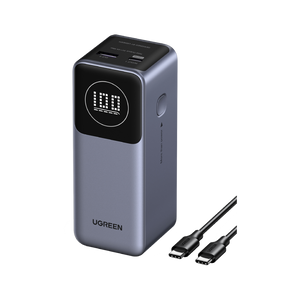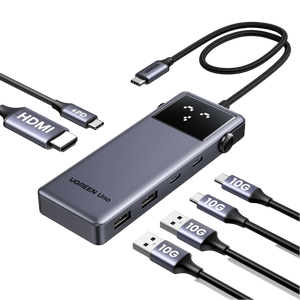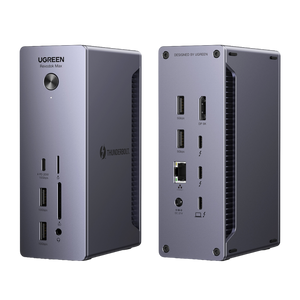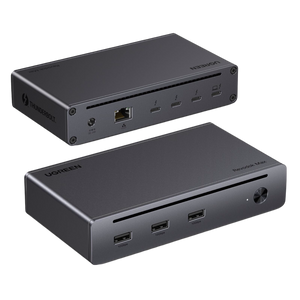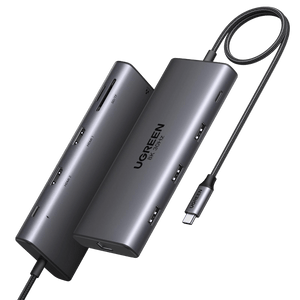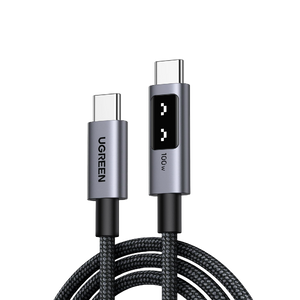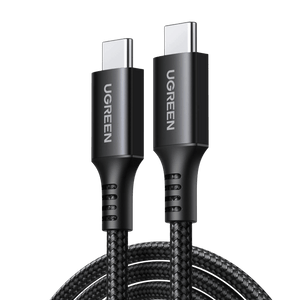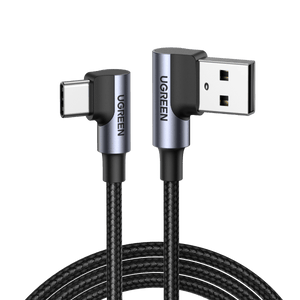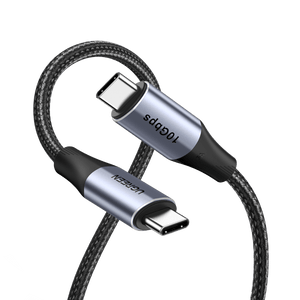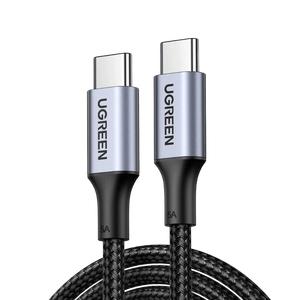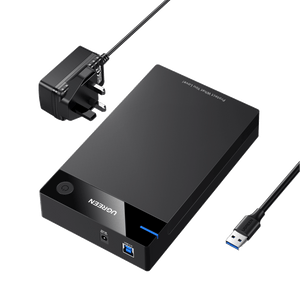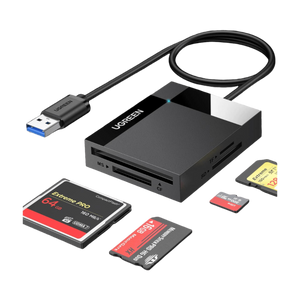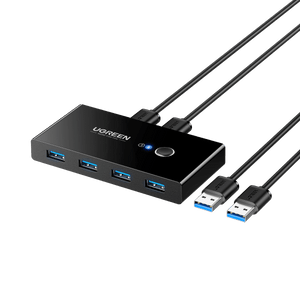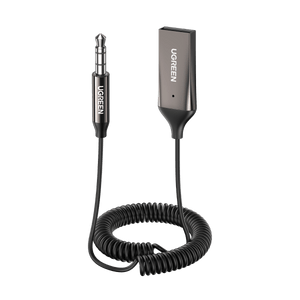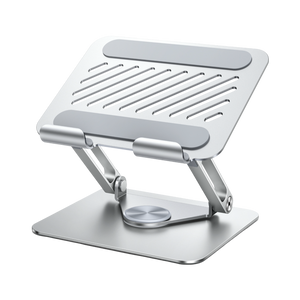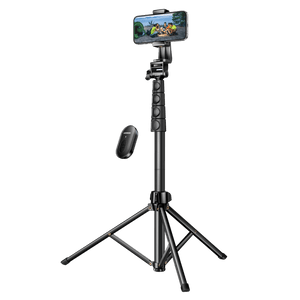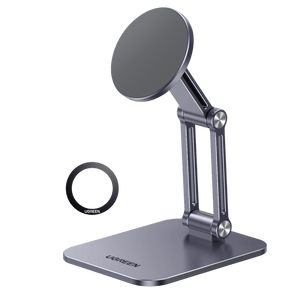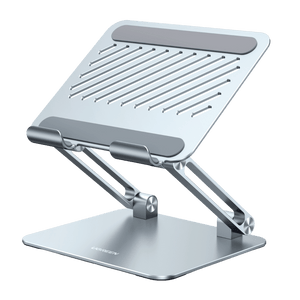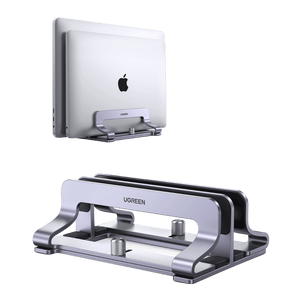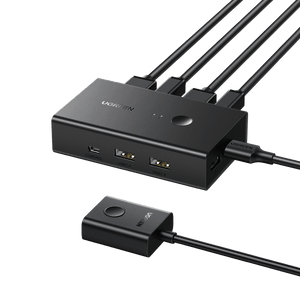How to Prevent Bag Loss: 6 Smart Tips for Everyday Safety
What takes 30 seconds to forget can take days to recover. A misplaced bag rerouted by an airline or stolen when you weren’t looking can disrupt your entire journey. This seemingly small issue can quickly escalate into a series of problems: missed connections, lost items, and a disrupted itinerary.
Frustratingly, most bag losses are not the result of bad luck but a series of easily avoidable mistakes. A rushed handover or a momentary lapse in concentration is all it takes for your bag to go missing.
The good news is that bag loss is generally preventable. With a little planning and some thoughtful habits, you can greatly reduce the chances of losing your possessions. Whether you’re travelling within your country or around the world, these 6 simple, practical tips are well worth the effort. And while you’re packing, don’t forget essentials like a travel charger, which ensures your devices stay powered so you can stay connected—especially helpful if you need to track your bags digitally. After all, it’s better to spend your holiday enjoying the sights rather than chasing lost property.
Understand the Causes of Loss and High-Risk Scenarios
Before you focus on how to protect your bag, it’s important to understand how and where things typically go wrong. According to the report from the Crime Survey for England and Wales (CSEW), not all missing bags are stolen. Many bags are lost due to forgetfulness. CSEW does not provide quantitative data on bag loss from forgetfulness. However, behavioural studies and transport reports indicate that a significant portion of these incidents result from distraction. The real culprit isn’t always crime; often, it’s a momentary lapse of attention.
Despite efforts to address the issue, robbery remains a significant problem, especially in crowded areas. In September 2024, robbery crimes recorded by police in England and Wales rose by 4%, reaching over 82,347 incidents. Additionally, theft from individuals increased by 22%, totalling a record 146,109 crimes. Based on current police recording practices, this is the highest since 2003. These crimes occur in places like train stations, shopping malls, and restaurants where people may understandably lower their guard.
Risk varies with the seasons and locations. During holidays or summer breaks, big cities in the UK experience temporary increases in bag theft. Events, such as football matches, street parties, and parades, offer opportunities for opportunistic theft. Although these incidents may not always make headline news, they consistently appear in police-recorded crime reports and show where risks are concentrated. These patterns reveal common vulnerabilities that both commuters and travellers can learn from.
Prevent Bag Loss: Smart, Practical Advice That Works
Losing a bag can ruin your day or your whole holiday. However, the majority of bags aren't stolen; they are usually lost due to distractions or carelessness. So, what's the fix? A few smart habits and tools. Here are six practical tips for safeguarding your bag wherever you're headed.
Tip 1: Always Keep the Bag Within Your Sight
One of the best practices is to keep your bag in your line of sight at all times. When seated, especially in cafes or airports, place your bag over the front of your chair or between your feet rather than on the floor. This simple habit can prevent both opportunistic theft and forgetfulness.
Do not place your bag on the floor. Not only does it increase the likelihood of dirt and damage, but it also makes your bag vulnerable to stealthier snatch-and-grab attacks. When using public transit like a bus, keep your bag securely positioned or strapped. Zip up your zips inward, and if possible, wear your backpack across your chest. Crowded carriages and rush hour traffic offer too many opportunities for a moment of distraction to result in a loss.
Tip 2: Use Smart Finders to Stay One Step Ahead
More often than not, bags aren't stolen; they're lost. That is why real-time tools like smart finders are a traveller’s best friend. These small, discreet devices connect to your smartphone via Bluetooth. It automatically alerts you if your bag strays beyond a safe perimeter. It's prevention at its simplest, smartest level.
A leading pick is the UGREEN FineTrack. It's fully integrated with Apple's Find My network, meaning it can draw upon a global network of Apple devices. Even if your phone is out of range, nearby iPhones or iPads silently inform your iCloud account about your bag's encrypted location. This process is done without the need for Wi-Fi, cellular data, or loss of privacy.

The benefits extend beyond location tracking. With extremely low power usage, FineTrack can last two years on a single battery. Its miniature size makes it easy to hide in an inside pocket. If you’re nearby but can’t spot your bag, the internal 80 dB alarm helps you quickly find it.
You can also link multiple FineTracks to one account. This feature is great if you travel with more than a single bag or have to keep tabs on family luggage as well. Just keep an eye on battery life every now and then and store the gadget deep within your bag for added security.

Combined with solid habits, a smart tracker like FineTrack restores control before a small mistake becomes a major disaster.
{{UGPRODUCT}}
Tip 3: Choose Bags with Anti-Theft Features
Not all bags are the same, especially when it comes to security and durability. Every thread matters. Look for bags with zipper closures and lockable pulls, as these features make it harder for thieves to access your belongings. Additionally, hidden pockets, especially those that are inner-facing or located on the back, increase the difficulty level for opportunistic thieves.
Ideally, choose bags made with cut-resistant materials and straps. Reinforced polyester, Kevlar-laminated fabrics or slash-proof layers are good materials that can make your bag very hard to break into. This added security can deter grab-and-run theft in public.
Don’t forget about strap hardware as well. Metal-strengthened tabs and reinforced stitching prevent your bag from unfolding during theft attempts. Meanwhile, waterproof and easy-to-clean materials will also keep your bag in great condition.
As you select your next carry-on or day bag, think of it as if you’re choosing a home. Ask questions like, “Does it lock? Can it conceal valuable items? Does it stay together under pressure?” By checking off these important features, you can ensure that your bag isn’t only convenient but also resilient.
Tip 4: Develop the Habit of Constantly Checking Your Belongings
This simple habit can significantly reduce the risk of losing items due to carelessness. Most people don't even realize they've left something behind until they're already some distance away from the location. Therefore, developing routines, like the mental "key-wallet-phone" check, can be effective everyday security habits. Before you leave any cafe, train seat, or shop, perform a three-second scan or touch-check of your essentials.
Technology can also help. Setting gentle reminders on your phone every few hours will prompt you to double-check your belongings. Apps with geofencing features will even alert you when you leave an area without your tracked items. These micro-habits build muscle memory, and before long, checking your bag will become second nature, like locking your door.
Tip 5: Choose Safer Ways to Carry Your Bag
Not all bags are created equal; some styles are inherently more secure. Crossbody bags, for example, stay closer to your body and are harder to pull or unzip without you feeling it. They minimize exposure and give you more physical control in crowded spaces than shoulder backpacks or handheld bags. It's a simple switch that adds an extra layer of passive security.
While popular, backpacks come with trade-offs. Wearing them over one shoulder or low on your back makes them vulnerable. This is especially common in busy areas where thieves use crowding as cover. Wearing your backpack over both shoulders can help, but in crowded locations, even that may not be ideal. Wearing it in front, though less stylish, can be considerably safer when necessary.
Also, consider using anti-theft accessories like strap locks or security clips to fasten your bag to a chair leg while dining. This tactic deters grab-and-go theft and gives potential pickpockets second thoughts. Some newer bags also have locking zips, steel-reinforced straps, or slash-resistant fabric, all worth considering if you travel frequently.
Tip 6: Increase Environmental Awareness
Finally, your attention is your best protection while travelling. Busy tourist areas, such as busy train stations and congested plazas, are prime spots for theft and distraction. Be cautious of people who stand too close, constantly bump into you, or create a disturbance (spilled coffee or staged commotion). These behaviours can signal pickpocket activity. Trust your instincts; if it doesn't feel right, leave the area or keep your bag close.
Avoid distractions that can make you an easy target. Using your phone while you walk or zoning out with an earbud immediately makes you a target. If possible, bring a friend along. They can watch your back when you need to glance at your phone or grab a drink. Additionally, remember that simply appearing alert and confident can deter most opportunists.
Quick Response Plan Once Your Bag Goes Missing
When a bag gets lost, being prompt is more important than relying on luck. Stay calm, act fast, and have a well-thought-out plan.
1. Trace the Bag As Soon As Possible
If you’re using a smart finder like the UGREEN FineTrack, open your Find My app immediately. The app will show the last known location, even if the bag is no longer within Bluetooth range. If the tracker is still nearby, trigger the 80-decibel alarm to locate it quickly, even in a noisy space. Many items are found within minutes when the owner returns to the exact location fast.

2. Inform Authorities and Lost & Found Services
Report the incident to the authorities, especially in areas known for theft, such as city hubs and public transport points. Instead of going through third parties, visit lost and found counters at railway stations, airports, or shopping malls directly. These services have experience handling such incidents and may already have your bag in their custody.
3. Make Use of Social Media and Local Groups
Share your situation in local Facebook groups, X (previously Twitter), or local forums and bulletin boards. A photo, detailed description, and previously seen location can prompt immediate action from those near you.
4. Cancel Cards, Lock Accounts
Call your bank to freeze lost cards and report missing ID. If your phone was in the bag, use device tracking features or lock options like Apple's Lost Mode.
5. Reflect and Replan
Finally, figure out what went wrong. Were you distracted? Was it not zipped up? Use the experience to improve your habits and safeguard your belongings during future trips.
Final Thoughts
If you lose your bag, a regular day can quickly become a frantic scramble. However, the good news is that most of it can be prevented with some simple habits. Keeping your bag in sight, choosing anti-theft designs, and using smart gadgets like the UGREEN FineTrack can significantly reduce the risk.
Ultimately, staying ahead of bag loss is not just about protecting your belongings; it's about safeguarding your time, energy, and peace of mind. A little preparation can go a long way, allowing you to focus on what really matters: the adventure that led you to forget your bag.
